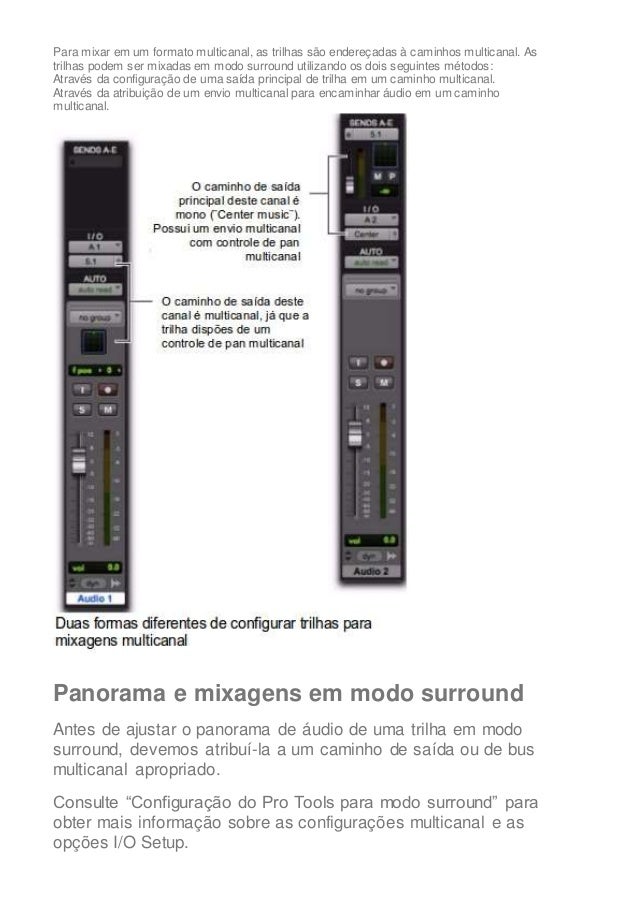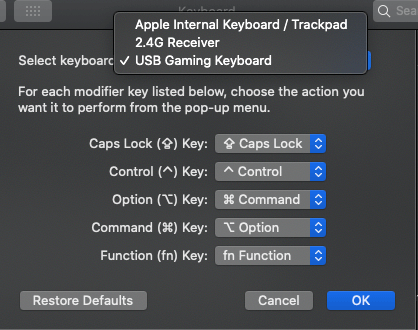
- #SWAP COMMAND AND CONTROL MAC FOR MAC#
- #SWAP COMMAND AND CONTROL MAC MAC OS X#
- #SWAP COMMAND AND CONTROL MAC PC#
- #SWAP COMMAND AND CONTROL MAC WINDOWS#
#SWAP COMMAND AND CONTROL MAC PC#
Top 20 Shortcuts for PC Keyboards, Linux Keyboards, and Mac Keyboards
#SWAP COMMAND AND CONTROL MAC FOR MAC#
Mac keyboards do not have these keys and on the Das Keyboard 4 Professional for Mac these keys are used for the F13 key, the dim screen brightness key, and increase screen brighness key. Print Screen, Scroll Lock, and Pause: PC and Linux keyboards often include hotkeys for screenshots (PrtSc), arrow-based scrolling (ScrLk), and pausing processes (Pause).The Insert key typically switches to overwrite mode, though it’s also used for some shortcuts.

#SWAP COMMAND AND CONTROL MAC WINDOWS#
Note that if you’re using a PC keyboard with a Mac computer, the Windows key functions as the Command key. It’s also used to access shortcuts.įor example, Windows + D minimizes all open windows. For example, you can press Option + G to type a copyright symbol.įound only on PC and Linux-compatible PC keyboards, the Windows key opens the start menu. Option + Left Arrow moves the cursor to the beginning of the previous word. For instance, Option + Right Arrow moves your cursor to the end of the next word. Option + Cmd + T shows and hides toolbars, for example. On a Mac keyboard, the Option key allows you to: If you press Alt in Microsoft Word, for example, the program overlays key-based shortcuts so you can navigate its menu without a mouse. For example, pressing Alt + 3 on the numerical keypad types a heart symbol. Alt + Control + Delete lets you open the Task Manager, switch users, or log out. For instance, Alt + Tab toggles between open apps. On a PC keyboard, the Alt key allows you to: The Alt and Option keys have similar (but not identical) functions, which is why some Mac keyboards label the key with both “Option” and “Alt.” Macs have Option keys next to the Command keys. PC and Linux keyboards have Alt keys, typically positioned on either side of the Space Bar. PC and Linux keyboards do not have Command keys.

On a Mac keyboard, Cmd + C does the same thing. On a PC keyboard, for example, Ctrl + C copies a selection. You can swap Command and Control to achieve the same effect in many cases. They’re used for keyboard shortcuts, similar to how the Control (Ctrl) key works on Linux and PC keyboards.
#SWAP COMMAND AND CONTROL MAC MAC OS X#
If, however, you are often switching between different OS, like Windows on an office PC and Mac OS X on a home laptop, then switching the Control and Command buttons might just save your sanity.Mac keyboards feature two Command (Cmd) keys, one on each side of the Space Bar. It will only take a while for you to become accustomed to the new system. If you are planning to switch to Mac OS X permanently, it might be better for you to continue using Command as the modifier key and get used to it. In the "Control (^) Key" field, change it to "Command." And in the "Command Key" field, change it to "Control." Click OK.

Click the "Modifier Keys." button at the bottom-right.Ĥ. In Mac OS X open "System Preferences" from the Launchpad.ģ. This way you can switch the functionality of "Control" and "Command" and make it work like Windows.ġ. If you are not used to the keyboard configuration, Mac OS X comes with a setting that allows you to remap the modifier key. You have to press "Cmd + A" to select all, "Cmd + C" to copy and "Cmd + V" to paste. Even though the keyboard comes with a Control button, the "Command" button is used for most keyboard shortcuts. When it comes to Mac OS X, the configuration is totally opposite. You press "Ctrl + A" to select all, "Ctrl + C" to copy and "Ctrl + V" to paste. In Windows most of the keyboard shortcuts are done with the Control key.


 0 kommentar(er)
0 kommentar(er)
